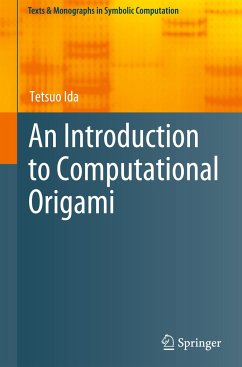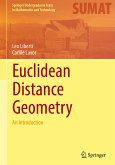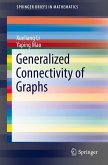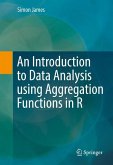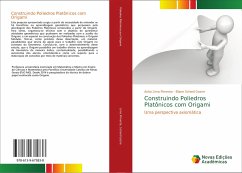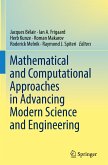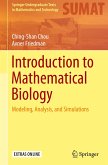In this book, origami is treated as a set of basic geometrical objects that are represented and manipulated symbolically and graphically by computers. Focusing on how classical and modern geometrical problems are solved by means of origami, the book explains the methods not only with mathematical rigor but also by appealing to our scientific intuition, combining mathematical formulas and graphical images to do so. In turn, it discusses the verification of origami using computer software and symbolic computation tools. The binary code for the origami software, called Eos and created by the author, is also provided.
"This book is very well written. It begins intuitively, describing origami in simple terms and with detailed, rigorous explanations. As the book progresses, more formalism and notation is added, alongside EOS code, to express the Huzita-Justin moves precisely, and each step in this progression is explained clearly. ... At the end of each chapter is a list of exercises, making the book of possible use for a, most likely, graduate course on computational origami geometry." (Thomas Hull, Mathematical Reviews, May, 2022)

